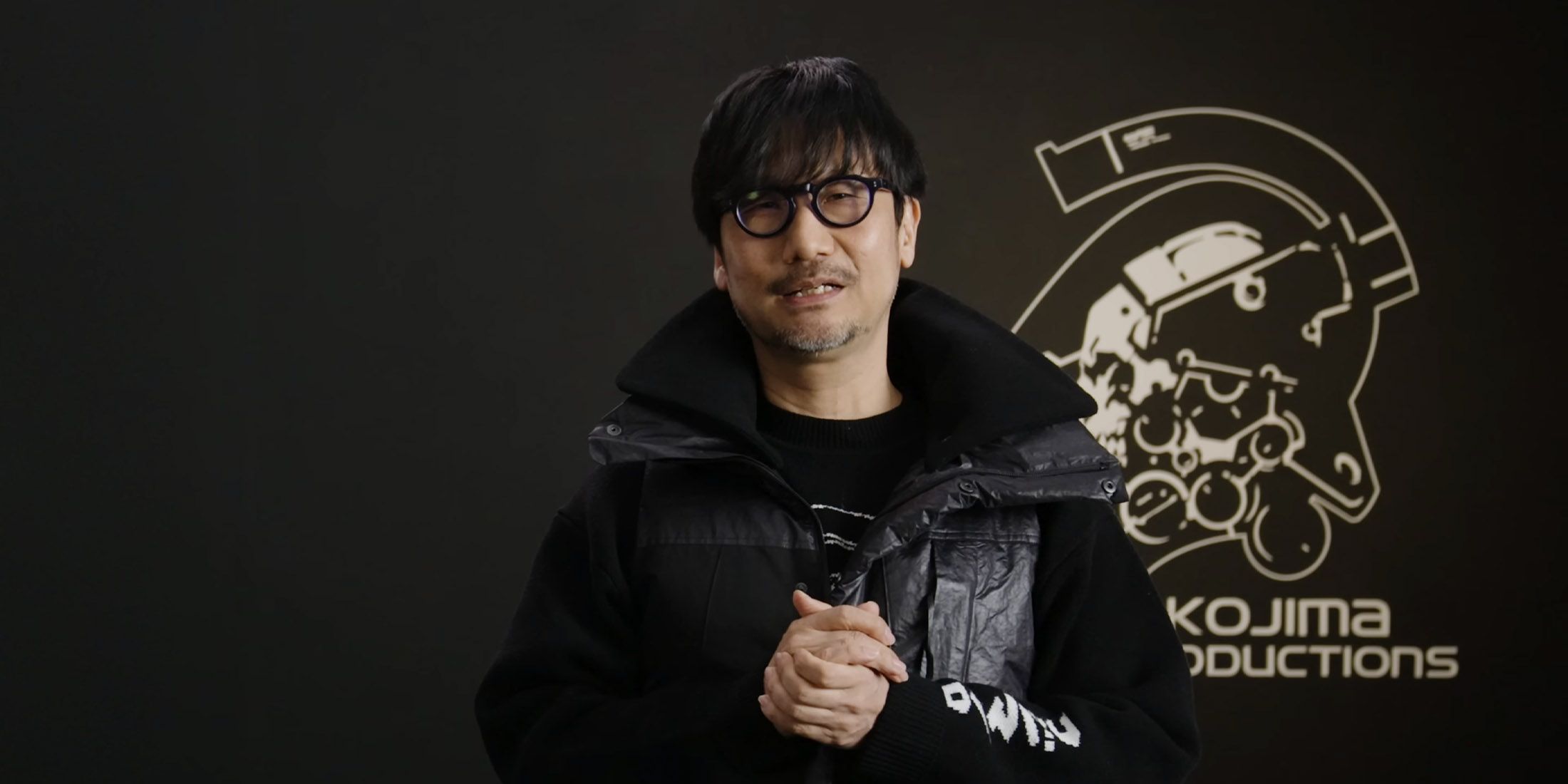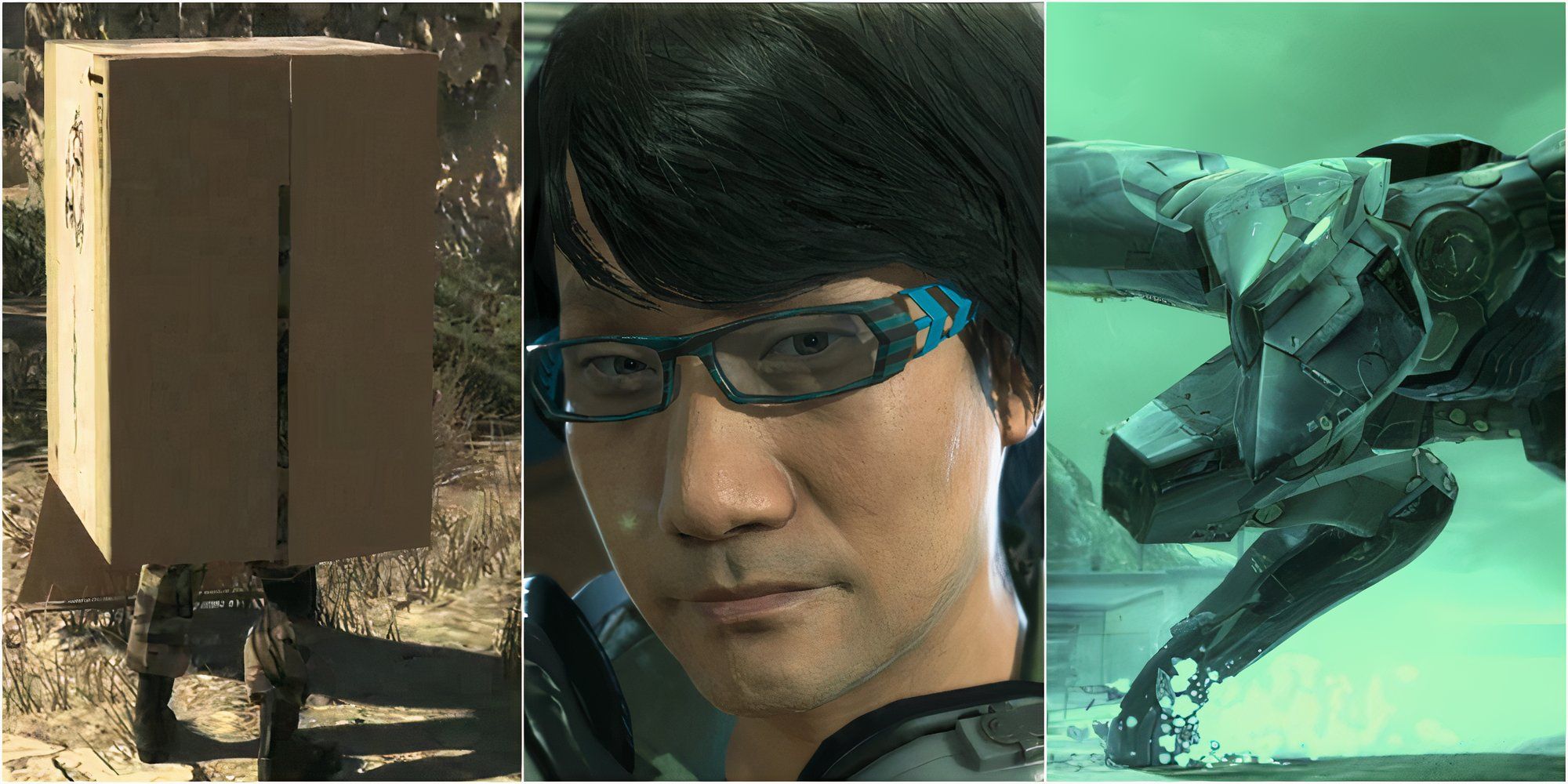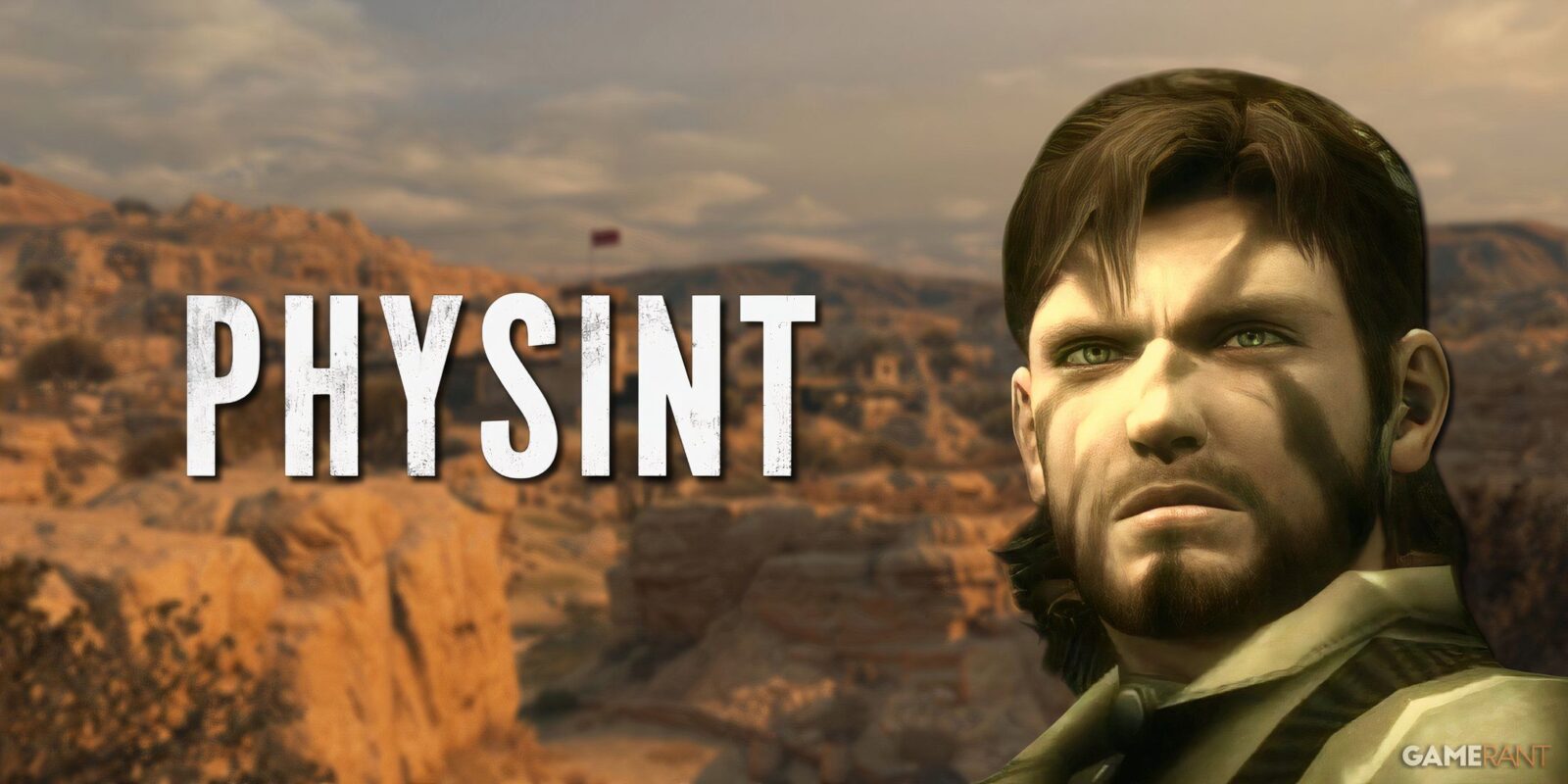Hideo Kojima has been busy with quite a few projects lately, from the visually arresting Death Stranding 2 to the mysterious OD, but one of the most promising upcoming games he’s working on is Physint. Announced during the PlayStation State of Play in January 2024, Physint is a new action espionage game that’s being developed exclusively for PlayStation consoles and published by Sony Interactive Entertainment. It’s going to be the fourth game from Kojima Productions following its breakup with Konami, and it will mark Hideo Kojima’s first game in the stealth genre since 2015.
Sony and Kojima have been very tight-lipped about Physint since its reveal, so it’s hard to determine what its plot or gameplay will even be like. However, given the very brief description that Kojima Productions have provided about the game, it seems like Physint will be a spiritual successor of sorts to the Metal Gear franchise. Hideo Kojima hasn’t worked on Konami’s iconic stealth series in a long time, and even though he may never direct another MGS game, Physint will probably be the next best thing. It will be especially great, though, if the game takes more inspiration from Metal Gear Solid 3: Snake Eater rather than Metal Gear Solid 5: The Phantom Pain.

Related
Hideo Kojima Comments on Upcoming PlayStation Game Physint
Hideo Kojima comments on the development progress of Physint, the PlayStation exclusive successor to the Metal Gear franchise.
Hideo Kojima’s Physint Should Be More Like MGS 3 Instead of MGS 5
MGS 3 is One of the Best Games in the Series, And It’s Also Quite Different from MGS 5
Although the Metal Gear series has been around for decades, there are few entries in the franchise that have been able to rival Metal Gear Solid 3: Snake Eater in terms of quality. The game, which originally came out on the PlayStation 2 in 2004, is widely regarded as not only one of the best Metal Gear games ever made, but also as one of the best stealth games of all time. Snake Eater is, despite its name, a prequel to the original Metal Gear Solid and is, chronologically speaking, the first installment in the franchise.
Metal Gear Solid 5: The Phantom Pain, meanwhile, takes place about 20 years after Metal Gear Solid 3: Snake Eater, and it has a new, original protagonist. The differences between the two titles don’t end there, though. Kojima Production’s 2015 stealth game features an entirely new gameplay system and level design approach that differs considerably from previous Metal Gear installments. Rather than being a strictly linear, cutscene-heavy stealth game like Snake Eater, MGS 5 is an open-world third-person shooter that prioritizes gameplay over storytelling.
There Are Some Positives to MGS 5 Being Open World Instead of Linear
The open world of Metal Gear Solid 5: The Phantom Pain is, frankly, nothing like the ones found in most other games. MGS 5 does not bombard players with tons of side quests to complete and collectibles to find. Instead, it takes a more restrained approach to its open world design. The majority of the explorable locations in MGS 5 are quite barren; for the most part, the only thing they contain are military bases, enemy camps, and outposts. MGS 5‘s open world has very few hidden areas, activities, or secrets to discover. It is, to put it bluntly, a sandbox more than anything else.
In 2013, about two years before Metal Gear Solid 5: The Phantom Pain came out, Hideo Kojima explained the reasons why he decided to make an open-world Metal Gear game. In an interview with Famitsu (translated by Polygon), Kojima said that open world level design could provide players with a more immersive infiltration experience that simply couldn’t be done in linear stealth games. He stated that “with MGS up to now,” he and his team “could only build the interior of wherever [players] were infiltrating.” However, in an open-world game like MGS 5, he could give gamers the ability to “think about how and where to infiltrate” a specific location, figure out “what sort of equipment to bring,” and learn “how to get out.”

Related
Metal Gear Solid: 7 Biggest Traditions In The Series
The Metal Gear Solid series has been able to carve out a unique identity for itself in part thanks to these traditions.
MGS 5’s Open World Wasn’t as Good as MGS 3’s Linear Levels
Looking at Metal Gear Solid 5: The Phantom Pain and its level design, it’s easy to see what Kojima is getting at here. Thanks to the game’s open-world nature, the missions in MGS 5 are far more flexible compared to the usual stealth game. Players can approach a mission target or enter an enemy base from any angle or direction they want, whether stealthily or guns blazing. Plus, thanks to all the insane gadgets and weapons the game provides, there are usually many different ways that players can complete a single objective. MGS 5 is, in this respect, one of the best stealth sandbox games out there.
The Open World in Metal Gear Solid 5 Hinders the Quality of the Game’s Story
With that being said, the problem with Metal Gear Solid 5 is that it buckles under the weight of its own ambition. Although it does feel refreshingly unique at first, MGS 5‘s open world starts to get dull and repetitive during the game’s second act. Many missions near the latter half of the game are just straight-up repeats of missions from the first act, albeit with difficulty modifiers and slightly different objectives. To be fair, a lot of these quests are optional and not necessarily required to complete the game’s main campaign, but the fact that they replace what could have been traditional story content is a bit disappointing.
Metal Gear Solid 5‘s heavy emphasis on open-world level design also impacts its story in a negative way. Since players spend most of their time infiltrating enemy bases, the cutscenes in the game are a lot more spread out, which can make its narrative feel more disjointed. The stories in many previous Metal Gear series installments, such as Metal Gear Solid 3: Snake Eater, are far more condensed and focused compared to MGS 5, in large part because the games themselves are linear and heavily scripted. In an open world game like MGS 5, in which players spend half their time frolicking around the sands of Afghanistan and the jungles of Africa, the narrative unsurprisingly takes a back seat.
Physint Should Be Less Open-World, and More Linear
If Physint does end up being a Metal Gear-style stealth game, it will hopefully be entirely linear, like Metal Gear Solid 3: Snake Eater, and give a big priority to tight storytelling. Hideo Kojima hasn’t made a linear game in quite some time, considering that both Metal Gear Solid 5: The Phantom Pain and Death Stranding were open-world, so it would be nice to see him return to this style of game design in Physint.
Physint (working title) is an upcoming stealth video game developed by Kojima Productions and published by Sony Interactive Entertainment.
Directed by Hideo Kojima, Physint is the third project between Kojima and Sony, and the second intellectual property to come out of the partnership after 2019’s Death Stranding. The game was described as an “action espionage” title, similarly to Kojima’s earlier work on the Metal Gear franchise. The project involves Columbia Pictures, division of SIE sister company Sony Pictures, in unknown capacity.











Leave a Reply